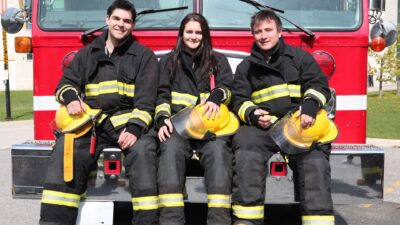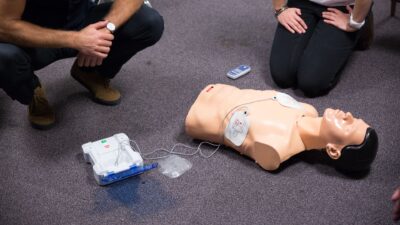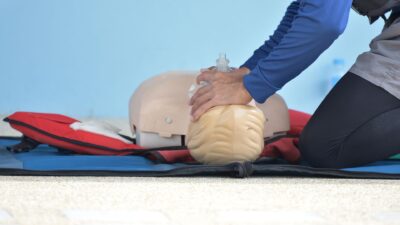
Essential CPR Training for Firefighters In Tampa
CPR training is absolutely essential for firefighters in Tampa, as they’re often the first on the scene during cardiac emergencies. Quick, skillful action in those first moments can mean the difference between life and death. That’s why organizations like CPR Tampa play a critical role in ensuring first responders are certified and ready for anything….
Read More







